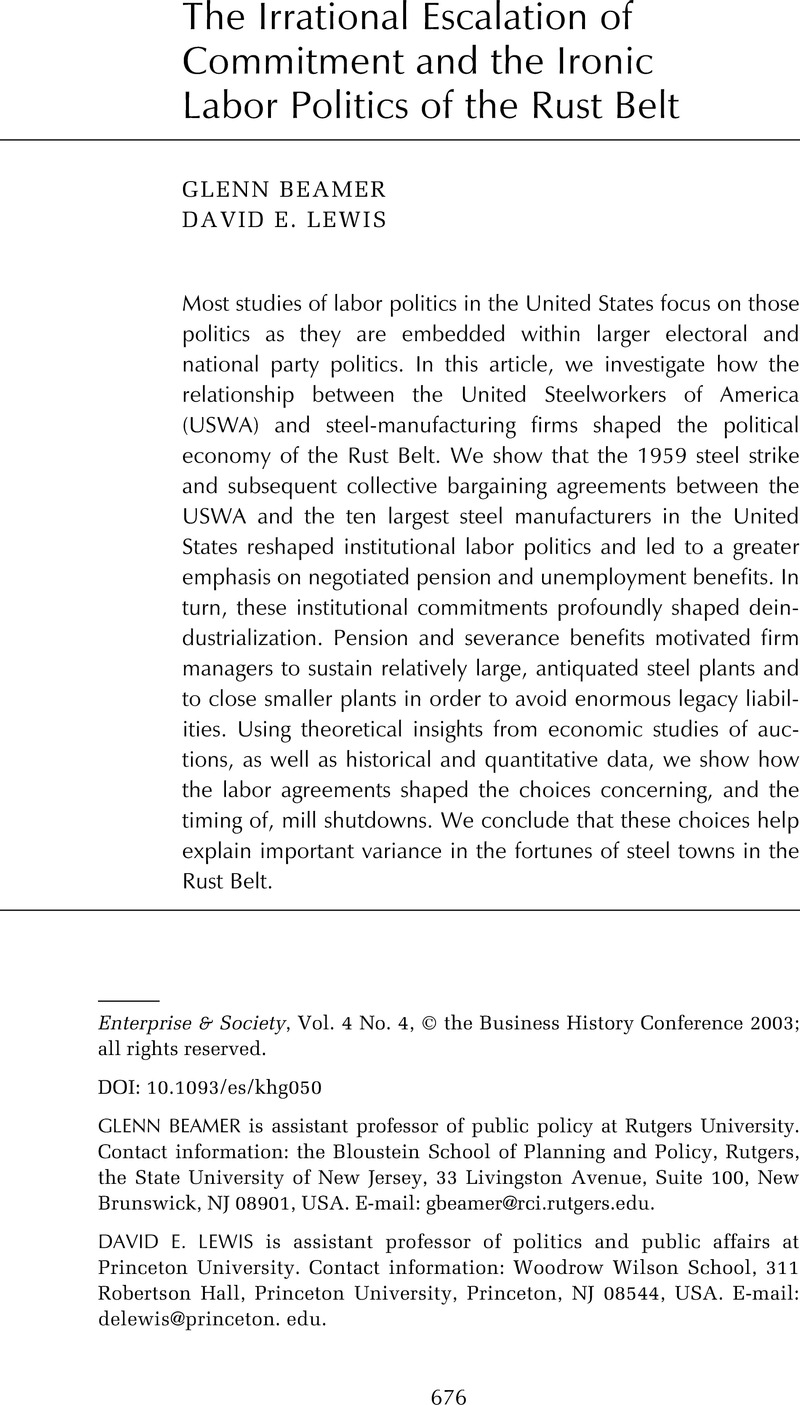Crossref Citations
This article has been cited by the following publications. This list is generated based on data provided by Crossref.
2004.
Recent Scholarship.
Journal of American History,
Vol. 91,
Issue. 2,
p.
750.
Beamer, Glenn
2007.
Sustaining the Rust Belt: A Retrospective Analysis of the Employee Purchase of Weirton Steel.
Labor History,
Vol. 48,
Issue. 3,
p.
277.
Fox, Stephen
2022.
Synchronous Generative Development amidst Situated Entropy.
Entropy,
Vol. 24,
Issue. 1,
p.
89.



